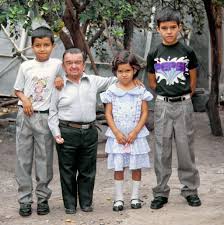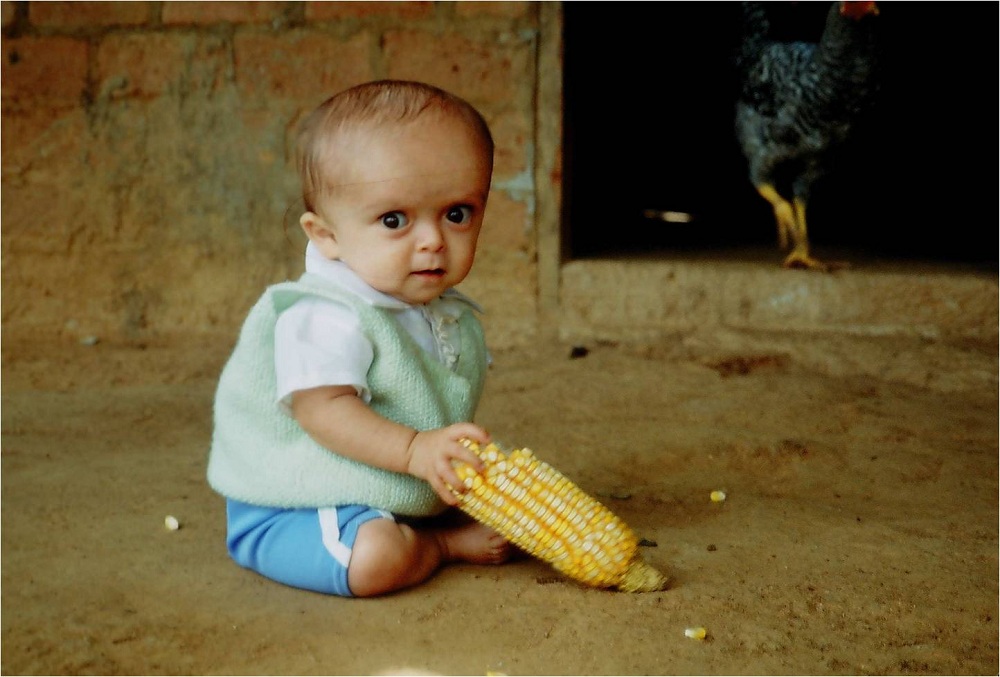Health News – They all suffer from Laron Syndrome, an incredibly rare genetic disorder that stops them from growing taller than 4 feet but also seems to protect them against cancer and diabetes and maybe even heart disease and Alzheimer’s.
 “There’s only one patient that has died of cancer among all of the subjects. And that is fascinating,” said Dr. Jaime Guevara-Aguirre, who has been studying the Laron population for 30 years.
“There’s only one patient that has died of cancer among all of the subjects. And that is fascinating,” said Dr. Jaime Guevara-Aguirre, who has been studying the Laron population for 30 years.
NBC News traveled with Guevara-Aguirre, an endocrinologist, and his research partner, Dr. Valter Longo, a longevity specialist at the University of Southern California, to southern Ecuador to visit their tiny patients.
Merci Valarezo is 50 years old but only 3-1/2 feet fall, the height of the average first grader. Her weight, 127 pounds, puts her in the morbidly obese range. But she’s as healthy as someone who hits the gym every day.
Her diet is full of carbohydrates and fat, but her blood pressure is perfect. Even though she keeps putting on pounds, there’s no sign of diabetes or any other illness.
Valarezo was ashamed of her small stature for many years.
“I didn’t like to leave my house. I would cry. I didn’t want anyone to see me,” she said. “One day, I hid behind my sister-in-law so no one would see me.”
But now Valarezo now takes pride in being part of such ground-breaking research.
“She says we have changed her life because of this project,” Guevara-Aguirre said.
The project has two goals: figuring out how to distill the anti-disease properties of Laron Syndrome into a medication that could be used to fight cancer, diabetes and other illnesses in the rest of the world, and getting treatment that could help young people with the syndrome grow to full size.
“The complaint of these little people was, ‘We’re doing so much for you. What are science and the pharmaceutical companies, etc., doing for us?'” Longo said.
Laron Syndrome was first identified in 1950 and there are only 350 people with it in the world, all descended from a single ancestor who introduced the mutated gene thousands of years ago. A third of them live in isolated communities in Ecuador, while others live in Spain.
Unlike others with dwarfism, Laron patients don’t lack growth hormone, but they have a defect in the receptor in the liver that is supposed to bind to the hormone and produce a substance called insulin-like growth factor 1.
In Laron, there is no binding and no IGF-1 — and stunted growth as a result. But the absence of IGF-1 may also prevent the uncontrolled growth of cells that turn into cancer, and it creates extra sensitivity to insulin that serves as a shield against diabetes.
Longo duplicated Laron in lab rats.
“The mice actually lived 50 percent longer and get a lot less diseases,” he said. “It’s very clear in the mice. Can it be true for people?'”
His lab is testing drugs that would block IGF-1 in people, but the question is whether medicine will work as well as an actual mutation in humans. Longo said it will be at least a decade before they know the answer.
Meanwhile, his team is also investigating its theory that Laron may be a defense against heart disease and Alzheimer’s. Preliminary results show that at the very least, the little people don’t have any higher risk of those conditions.
The researchers say Laron patients tend to live just as long as their average-sized siblings. Accidents are a big cause of death because they may be more structurally vulnerable to falls. Some of them also suffer from seizure disorders like epilepsy.
Guevara-Aguirre said that in the absence of alarming symptoms or blood tests, it can be difficult to convince his patients, who are prone to obesity, that they need to eat right and exercise.
Valarezo just laughs when he tells her she needs to lose weight, and he frets that a modern diet might eventually overtake the built-in protections of her disease.
“Eventually, it will catch up with you,” he said. “They are pushing the limit.”
Guevara-Aguirre and Longo are trying to help the Ecuadoreans another way, too — by getting expensive IGF-1 to those who have not hit puberty yet, allowing them to grow to full height.
For Jannick Castillo, that would change everything.
At 41 inches tall, the 18-year-old may be the size of a kindergartner, but there’s nothing small about his heart. Even though Jannick is unlikely to get the full benefits of IGF-1, he’s been taking part in sometimes painful tests in the hopes of helping his 5-year-old brother, Bruno, who is also afflicted.
“It would completely change their lives,” Guevara-Aguirre said.
Treating youngsters with IGF-1 would also let scientists figure out if the protective benefits of Laron would return once the children have grown and stop taking it.
And by comparing the Laron group to siblings without the mutation, they could identify the impact of the growth factor on hundreds of proteins and decipher exactly how it works.
The cost of treatment is $2,000 a month — under $1 million to cover all 30 who haven’t finished puberty for a year, an impossible sum for these villagers.
“We tried very hard to convince the pharmaceutical companies to donate so that we can give them free IGF-1,” Longo said. We haven’t succeeded thus far, so we hope that changes. I think as little as a $10 million endowment will solve their problem permanently.”
For now, though, the doctors have given the Laron something that doesn’t come with a price tag.
“I have made them aware of how beautiful they are,” Guevara-Aguirre said. “Because they are really spectacular in every sense.”
by CYNTHIA MCFADDEN, JAKE WHITMAN and TRACY CONNOR, NBCNews.com

